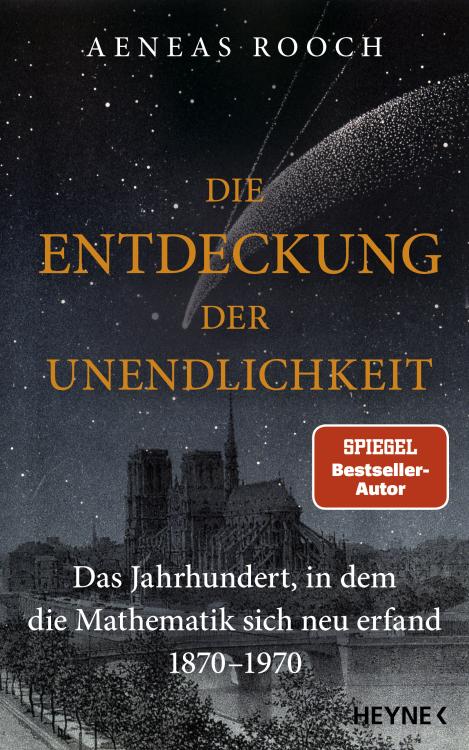Geniuses, liars, madness and distorted worlds – in pursuit of infinity
What is infinity? Does it come in different guises, maybe even different sizes? Does infinity keep growing, endlessly, or is there a kind that can’t get any bigger?
These questions aren’t just theoretical, far from it: It was only by answering them that we were able to begin to understand what numbers such as 7 and pi really mean, and that basic techniques used to calculate things like the size of an area or the shape of a curve can actually be very precise, and work every time. Which is ultimately what the whole of modern mathematics depends on.
Between 1870 and 1963, five geniuses tackled the task of exploring the unthinkable and stretching the limits of mathematics: Georg Cantor, Bertrand Russell, David Hilbert, Kurt Gödel, and Paul Cohen. What connects these five men is their fascination with infinity, their passion for abstract thought and their fertile imagination – and their insights form the very basis of mathematics as we know it today.
Aeneas Rooch’s riveting voyage of discovery into the world of infinity is both a gripping exploration of one of the most puzzling riddles in mathematics and physics, and a love letter to the most precise and most logically rigorous discipline there is.
With illustrations from Inka Hagen.
